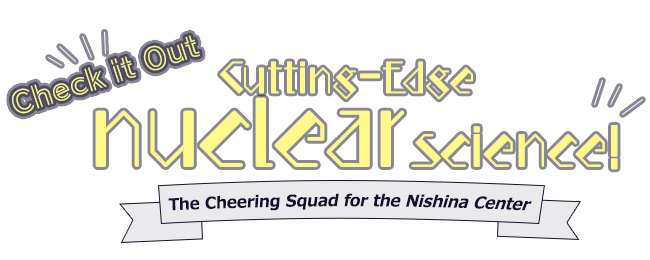
Ion beams bring new plants to life
Interview with Ms. Yuki Shirakawa, Ion Beam Breeding Group
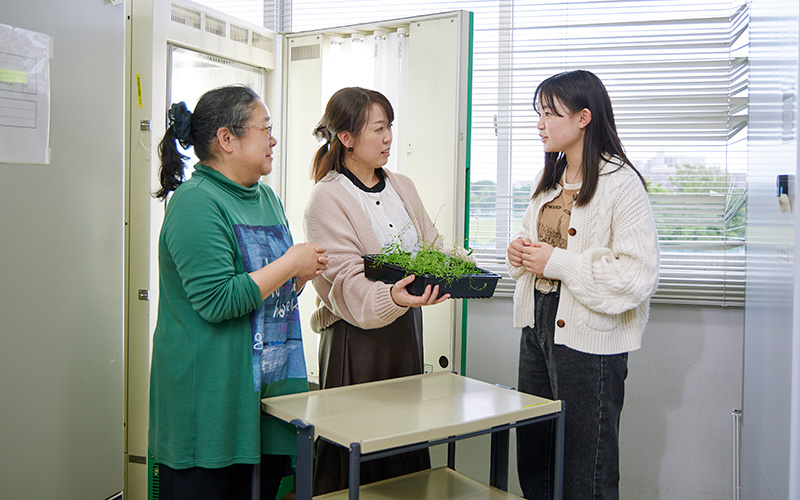
On the left is Dr. Tomoko Abe, Director of the Ion Beam Breeding Group.
What is Ms. Yuki Shirakawa’s research about?
The Ion Breeding Group uses fast heavy-ion beams produced by the accelerator at the Nishina Center to create plants with new characteristics. An ion beam is a beam of accelerated particles consisting of protons and neutrons; atomic nuclei without electrons. When plants are irradiated with ion beams, their DNA is damaged. The damaged DNA is repaired by plants, but sometimes mistakes are made in the process. The repaired DNA with mistakes in the genes cause mutation in plants and alter their traits. The group has created 39 new varieties using ion beams, including cherry blossom that flowers without exposure to low temperatures and the Satsuma mandarin suitable for long-term storage with late harvest time. Previously, the ion-beam breeding technique mainly applied for flowers and ornamental plants. The target of this technique recently increases including food crops, microalgaes and microorganisms.

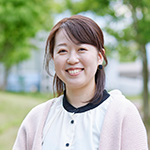
Ms. Shirakawa completed a master’s degree in chemistry at Tokyo University of Science in 2010. After working part-time at the Ion Beam Breeding Team at the Nishina Center, she became a Technical Staff I at the Ion Beam Breeding Group of the Nishina Center. Her hobbies include watching plays such as Takarazuka and musicals, and playing games. She is a mother with two children who is doing her best to balance research and child-rearing.
Q1What is the most enjoyable moment in your research?
Shirakawa:When I grow a plant derived from the irradiated seed with ion beams and see that it has produced something different, in other words, the moment when I find out that the irradiated DNA has been repaired with a mistake in the gene and a new trait has been created. In the process of elucidating the cause of the new trait, it is fun to imagine and predict the correct answer, just like solving a puzzle especially in cases of complex chromosomal rearrangement. But usually, instead of being absorbed in such thoughts, I am involved with actual experiments where it is not easy to obtain results. However, I am a person with more patience and perseverance than others when it comes to things that I like and decide to do, so I guess you could say that I am “completely absorbed” in this research that I am interested in.
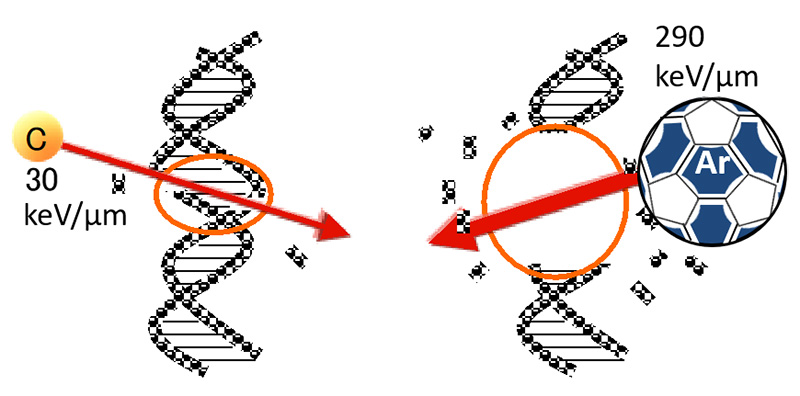
Ion beams (image). The Ion Beam Breeding Group is studying how the scale of DNA damage varies with the kind of ion beam used. For example, the group has demonstrated that carbon (C)-ion beams mainly cause small damage in DNA because they are light and have low energy, while argon (Ar)-ion beams tend to induce large damage because they are heavier and have higher energy. In addition, by using ion beams with optimized irradiation conditions for each material, the group succeeded in significantly increasing the efficiency of creating new varieties.
Q2What is your favorite experimental device?
Shirakawa:The fully automated DNA purification system. In our laboratory, we conduct the whole genome resequencing to find out where mistakes have been made in the genes. Until recently, we have extracted DNA manually, which was very time-consuming. We were thus limited to extracting 16 samples of DNA per day. However, with this equipment, we can save a lot of time, and can extract as many as 48 samples per day. Since DNA can be extracted and purified automatically when the machine is started, other experiments can be performed during the process, enabling research to be carried out more efficiently.
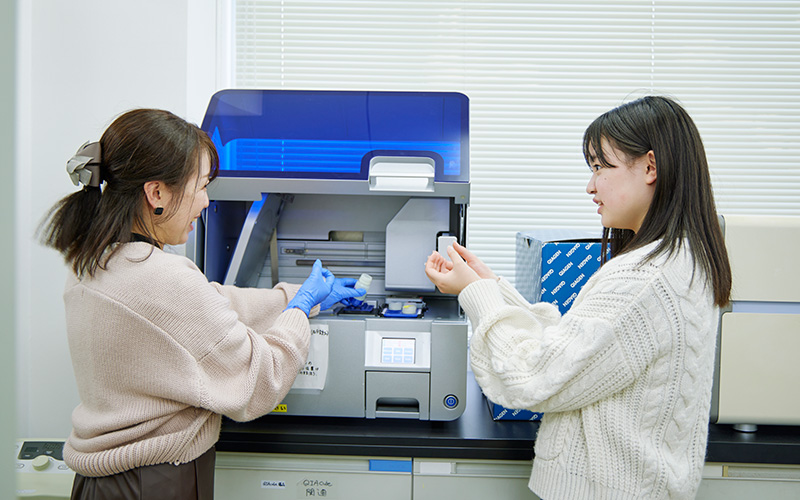
Fully automated DNA purification machine.
Q3What made you decide to become a researcher?
Shirakawa:I first became interested in forensic science after watching a TV drama. When I was a high school student, I went to a university open campus and happened to find a laboratory related to forensic science. So, I entered that university. I went on to graduate school because I wanted to replace the existing analytical method I used in my senior year thesis research with methods that use the latest technology and equipment to speed up and improve efficiency. I was involved in research using the SPring-8 large synchrotron radiation facility in Hyogo Prefecture to analyze plants in the laboratory I was affiliated with, which then led me to my current research.
Q4What has been the most difficult thing so far?
Shirakawa:The most difficult time was when I was a graduate student. I gave birth to my first son at that time, and it was very difficult to have a baby and raise a child while I had to compile my master’s thesis and write a paper for journal submission. I was close to my physical and mental limits, but once I decided to “Just do it!”, I overcame these difficulties because I knew that I had to finish what I had decided to do. For women, childbirth and childcare often affect their work, but in my case, the support and understanding of my parents, who live nearby, has enabled me to build my career up to this point. Before my second child was born, I had mastered the molecular biology research techniques that would form the basis of my research, so my return to work after a six-month parental leave was smooth. The environment is conducive to continuing research while raising a child, and I can even bring my children to work during long vacations such as in summer. There are other mothers and fathers in the lab raising children, so we cooperate with each other.
Q5Do you want to continue research in the future? Would you like to try other jobs?
Shirakawa:Even if the content of my research changes, I want to always be involved in an environment where new things are created. There is a great possibility that my interests will change in the future, so I don’t know what kind of research I will be doing yet. But I like working with my hands, so I would like to continue doing experiments in the future.
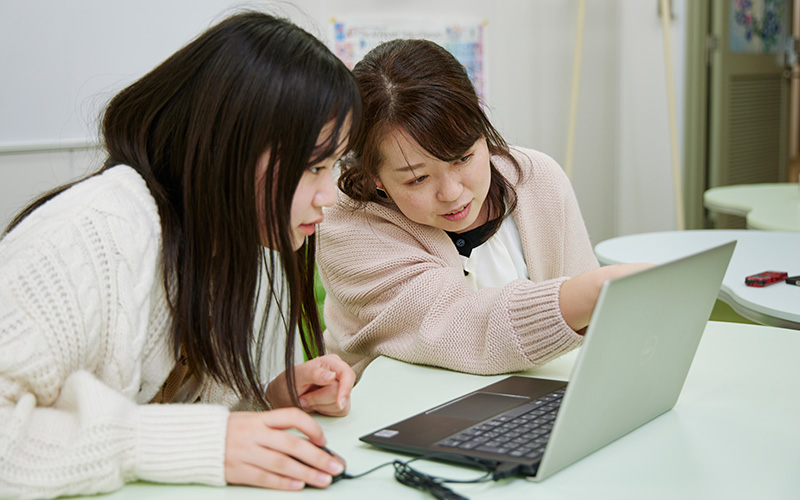
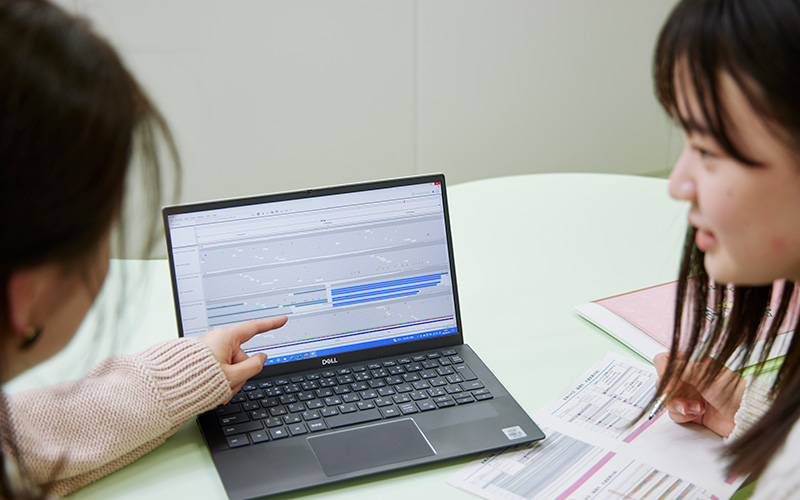
Experiencing “whole genome resequencing,” a technique used to find out mutations in the gene.
(Interviewed in April, 2023)
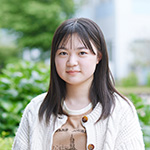
After the interview
I was worried at first because I had never studied much about physics and had little knowledge of it, but when I interviewed Ms. Shirakawa, she was very kind and cheerful, and I felt at ease talking with her. What impressed me was that she saw raising a child as a positive thing. I am sure there are many hardships involved, but she seemed to enjoy talking about it, and I aspire to be a woman like her. I also thought that someone like Ms. Shirakawa gives courage to women who want to become researchers.


 Superheavy Element Research Group
Superheavy Element Research Group Nuclear Many-body Theory Laboratory
Nuclear Many-body Theory Laboratory Instrumentation Development Group
Instrumentation Development Group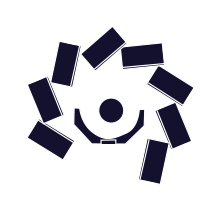 Radioactive Isotope Physics Laboratory
Radioactive Isotope Physics Laboratory Spin Isospin Laboratory
Spin Isospin Laboratory Nuclear Spectroscopy Laboratory
Nuclear Spectroscopy Laboratory Accelerator Basic Research Department
Accelerator Basic Research Department RI Application Research Group
RI Application Research Group